Fed is widely expected to raise federal funds rate by 25bps to 1.50-1.75% today. Fed fund futures are pricing in near 95% chance of that. There is no reason for Fed to give market a surprise. The main question in everybody’s mind is whether Fed will hike a total of three times this year, or four. Fed fund futures are pricing more than 80% chance of another hike in June already, and close to 60% chance of another in September. But for now, it’s only pricing less than 40% chance of the fourth in December.
As usual with a March FOMC meeting, new economic projections will be released. Given that the Republican’s tax cuts were done, there could be upward revisions in growth. Unemployment rate forecast might be left unchanged. PCE core at 1.5% in January, is still way off Fed’s median projection of 1.9% in 2018. There is little chance of a change in that figure. Meanwhile, any slight change in the federal funds rate projection would be market moving.
Fed’s December projections:
The event also bears additional significance as it’s Jerome Powell’s first press conference as Fed chair. His Congressional testimony was seen by some as more hawkish and upbeat than expected. Recapping that he said “my personal outlook for the economy has strengthened since December.” And, “we’ve seen some data that will in my case add some confidence to my view that inflation is moving up to target.” Powell might maintain the tone today and indicate his confidence in continuing the tightening cycle.




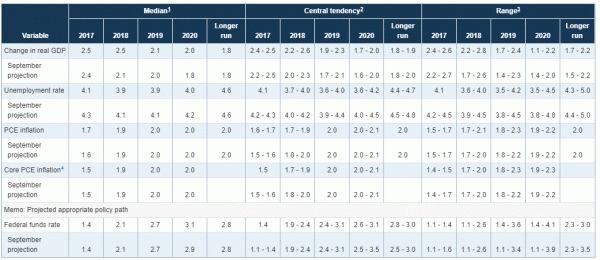
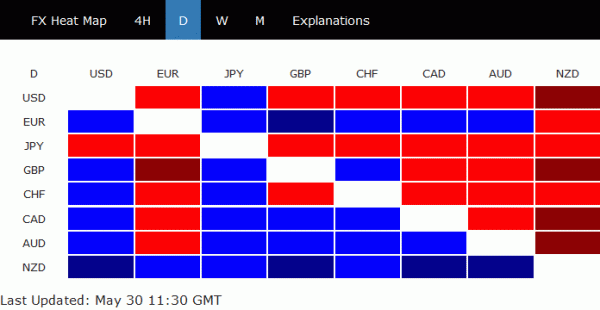
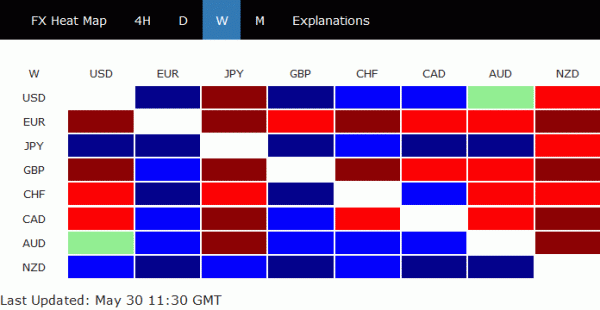
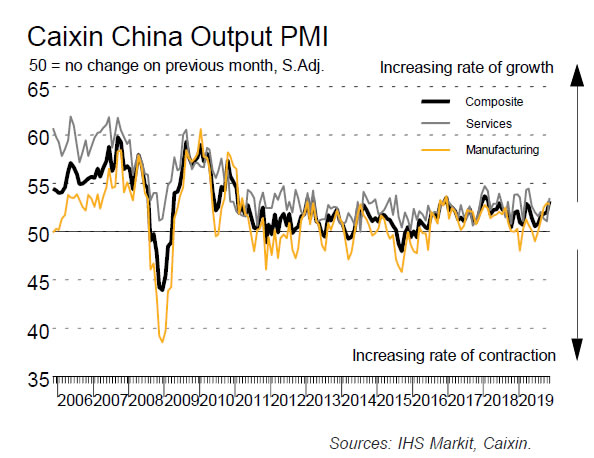

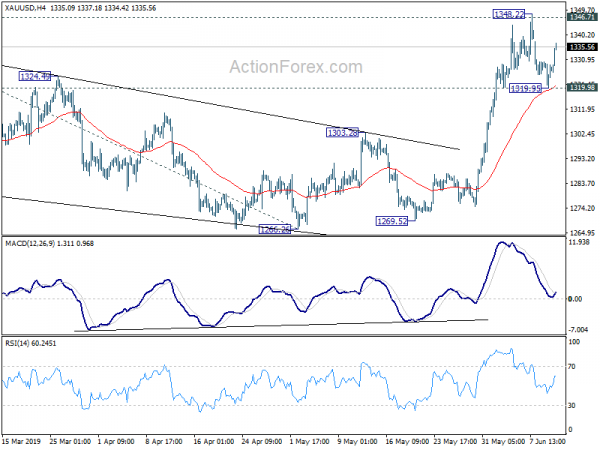
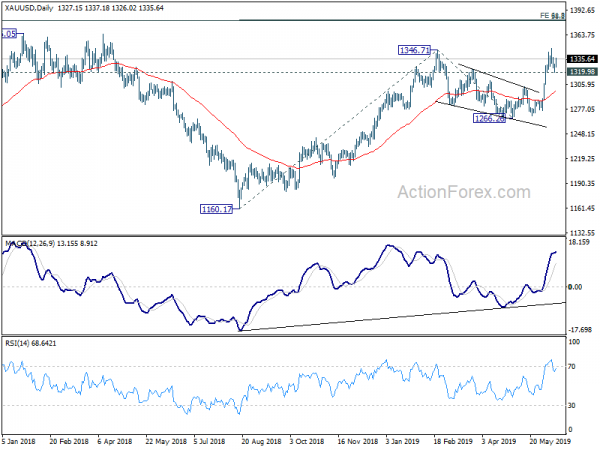
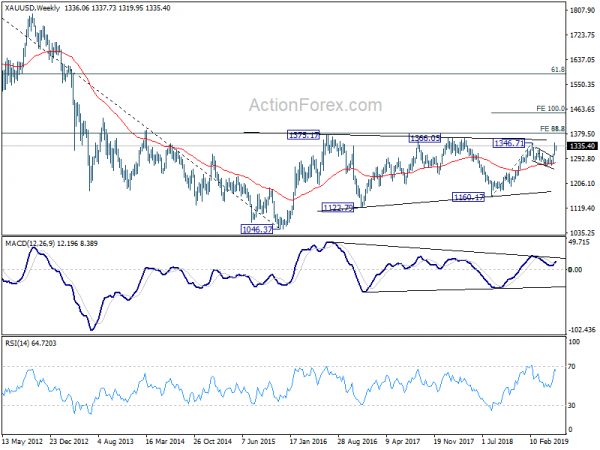
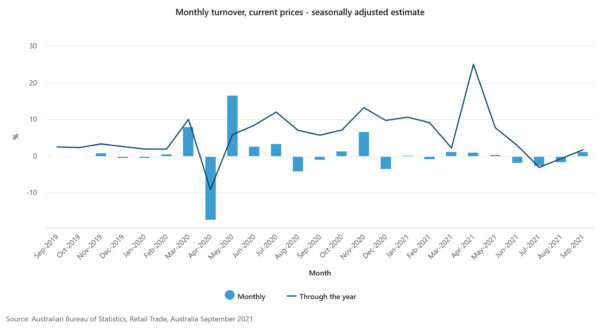
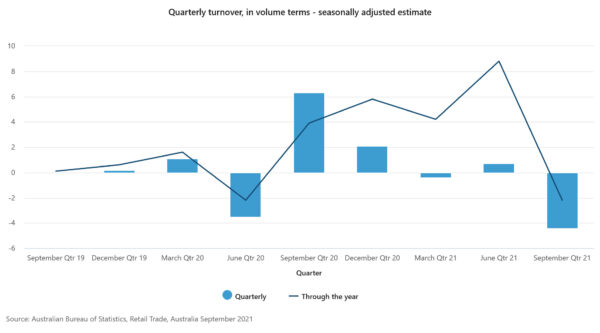
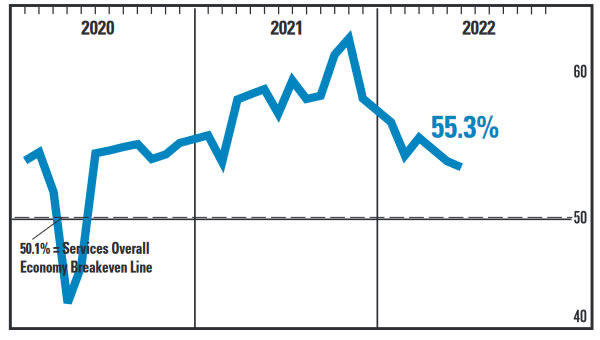
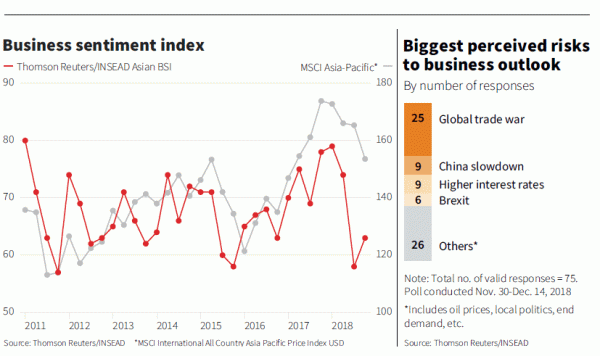
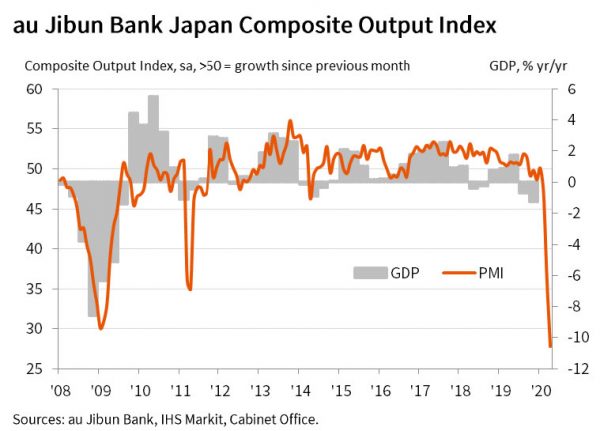
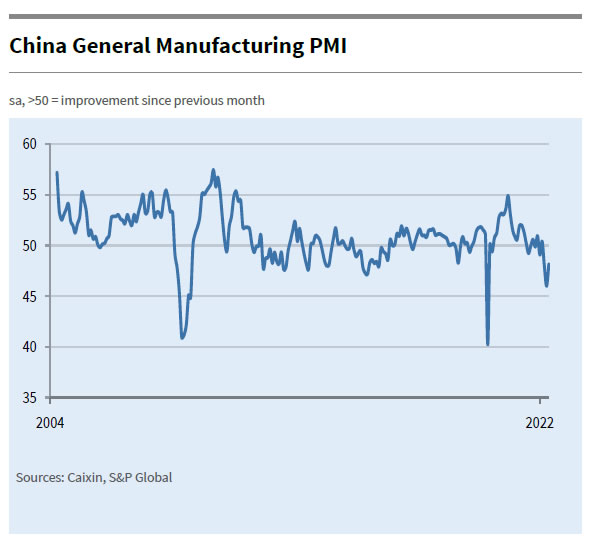

EU downgrades Eurozone growth forecasts, Germany in contraction this year
European Commission, in its Summer 2023 interim forecast, revised down its growth projections for Eurozone. For 2023, growth outlook was cut from 1.1% to 0.8%, while 2024 projection was trimmed from 1.6% to 1.3%. On the inflation front, expectations for 2023 was djusted downward from 5.8% to 5.6%, yet 2024 forecast saw a minor uptick from 2.8% to 2.9%.
Delving into individual nations, Germany’s economic forecast has been dampened significantly. Growth projection for 2023 is now set at a contraction of -0.4%, a stark difference from prior 0.2% growth prediction. 2024 projection has been revised down from 1.4% to 1.1%.
On the contrary, France has seen a boost in its 2023 growth projection, raised from 0.7% to 1.0%. However, its 2024 growth forecast was trimmed slightly, from 1.4% to 1.2%.
Valdis Dombrovskis, Executive Vice-President for an Economy that Works for People,said: “The persistently high inflation rate has exacted a heavy cost, although signs of its abating are visible. Following a spell of economic slack, we anticipate a modest rebound in growth in the coming year. This optimism is driven by a resilient labor market, historical lows in unemployment, and diminishing price pressures. Nonetheless, the economic trajectory remains uncertain, necessitating vigilant risk monitoring.”
Echoing these sentiments, Paolo Gentiloni, Commissioner for Economy, stated, “Our economies have been battling numerous challenges this year, culminating in softer growth than our spring projections had indicated. While inflationary pressures are waning, the rate varies across the EU. Furthermore, Russia’s aggressive actions against Ukraine persist, leading not just to human distress but also significant economic upheaval.”
Full EC Summer 2023 Economic Forecast here.